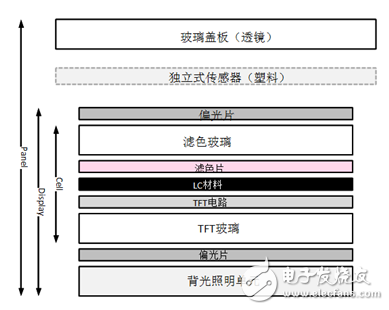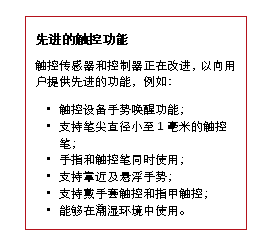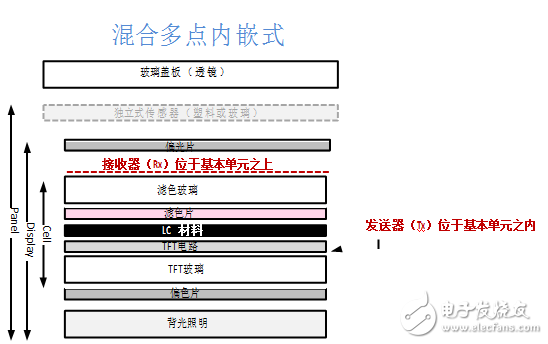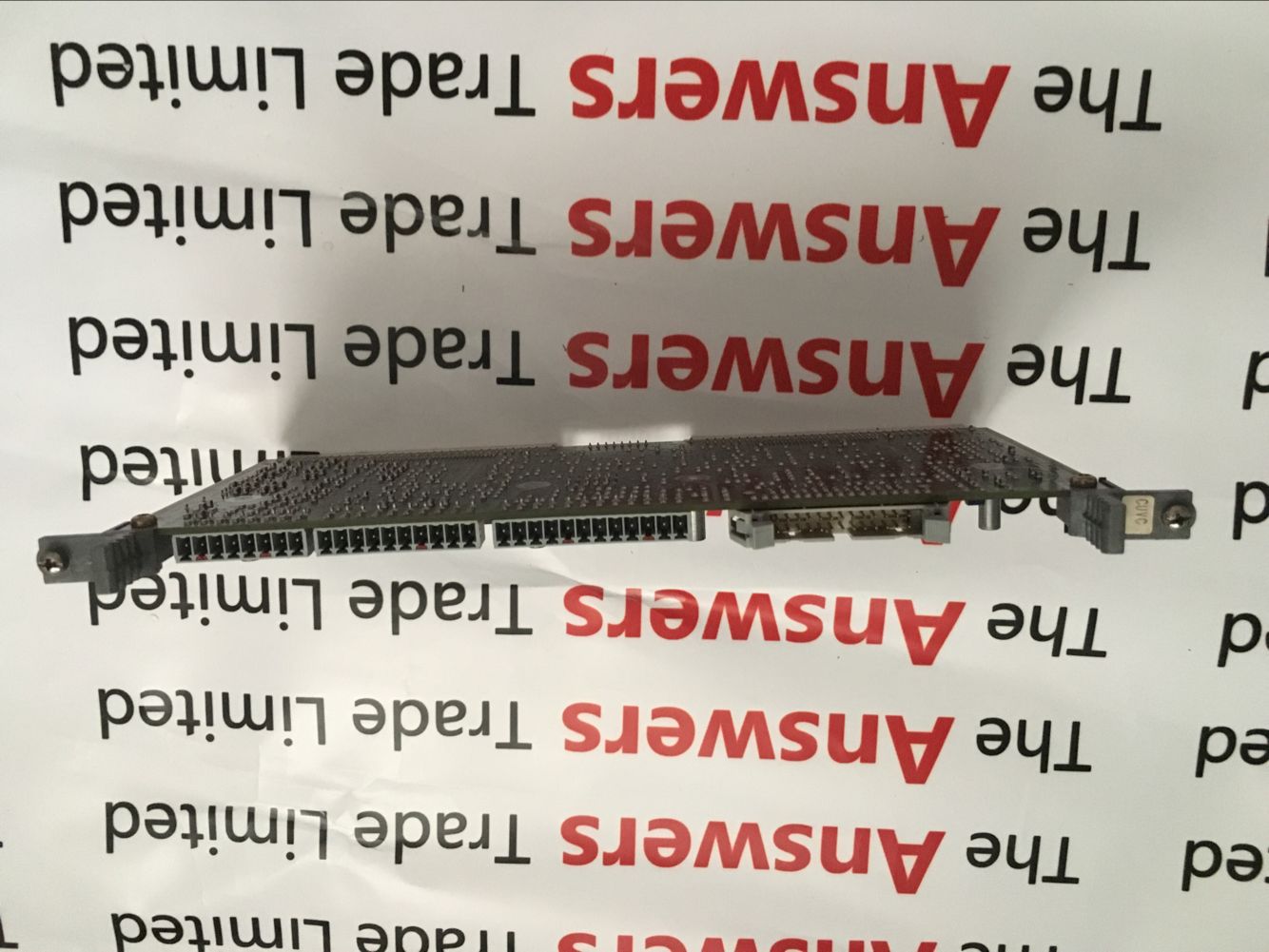Capacitive touchscreen technology has revolutionized the face of smartphones and tablets, and is now entering notebooks, desktop PCs, and the latest cars and wearables. Due to the fierce competition in these devices, manufacturers are constantly demanding systems designed to improve display quality and performance, providing a compact form factor, extending battery life and reducing costs, while requiring the system to be easy to use. Since the touch screen has a great influence on the user experience, whether a product can be successful or not, which touch screen design is selected may become a decisive factor.
To turn the display into a "touchpad", you need to seamlessly integrate the two previously separate features, touch and display. In the past, how to add touch sensors to display screens has been decided by different companies. The laminated panel stack consists of multiple layers. Different companies provide different layers. After that, it is possible for another manufacturer to assemble these layers. Become a display panel. Recent advances in technology have made it possible to integrate touch sensors directly into the display while integrating the touch controller and display driver into a single integrated circuit (IC).

Kevin Barber, Senior Vice President and General Manager, Smart Display Division, SynapTIcs
This article provides an overview of currently available touch and display integration technologies, including the latest, fully integrated solutions that are expected to lead new device designs for the foreseeable future. First, this article will introduce the various ways to integrate the touch sensor directly into the display, then explore the method of integrating the touch controller and display driver functions into a single IC, and finally focus on the integration of touch and display functions into device manufacturing. Many advantages brought by the business and its partners.
It should be noted that this article only targets smartphones and tablets with less than 8 inches (20 cm) of touch screen. Although it is possible to integrate touch and display functions in a larger touch screen in a similar manner, the two are quite different and it is necessary to introduce them separately.
Integrate touch sensors into the display overlay
Integrating touch detection and display update functions in the touch screen involves two aspects: display panel stacking; ICs that control both touch and display functions.

Figure 1 - The touch sensor can be added as a separate layer to the display of the composite panel, or it can be directly integrated into any existing layer in the display stack
Figure 1 shows that in a typical touch screen, there are many layers in the display overlay and display panel. It used to be common to cover the touch sensor as a separate or separate layer over the display in the laminated laminate display panel. With this design approach, the touch sensor is either added to the glass cover (CG) or placed in a dedicated sensor layer, which is typically made of plastic.
The method of integrating the sensor on the glass cover is sometimes called "Sensor-on-Lens" (SoL) or "One Glass SoluTIon" (OGS) because this The method does not need to add a separate sensor layer, only the glass cover can be used. The design method using the separate sensor layer is called Glass-Film (GF) or Glass-Film-Film (Glass-Film-Film) , referred to as GFF), depending on whether the touch send and receive functions are implemented on one or both layers of the sensor film. All of these design methods are called “separate†to emphasize the touch function as a cover on the display. The fact that the layer exists alone.
The advantage of adding a separate touch sensor overlay is that the technology is mature, the risk is low, and the product is on the market. Even when using the latest display and touch technology, a separate design is used, in which case the separate design is often integrated in subsequent design steps. Some LCD module manufacturers also attach great importance to the problem of using existing manufacturing systems and equipment in the factory. However, the disadvantage of the split design is that the display panel is thicker, the display is darker, and the cost is higher.
Due to recent technological advances, LCD module manufacturers are able to integrate touch sensors directly into one or more layers of the display overlay. This integration can be implemented on top of the base unit in the display or within the base unit, ie, on-cell integration or in-cell integration.

The method of placing the touch sensor matrix on top of the filter glass is called external integration because the sensor is located above the basic unit of the display. The sensor transmit and receive meshes (ie, diamond or stripe mesh) can be electrically isolated from the jumper or a special layout so that these meshes can be achieved without bridging. The latter design is called Single-Layer-On-Cell (SLOC), which is common because of lower cost and higher yield.
The use of external embedded technology to add touch functionality to the display is simple and reliable, and this method is often the best choice for active matrix organic light emitting diode (AMOLED) displays. For larger displays as well as curved or flexible displays, it is also a good choice to integrate metal mesh sensors without jumpers in an external way.
As shown in Figure 1, the basic unit in the display extends from the bottom of the thin film transistor (TFT) glass to the top of the filter glass, including the TFT circuit, liquid crystal material, and color filter. In in-line integration, the sensor builds a touch sensor matrix using the existing layers in the display. Typically, a touch sensor matrix is ​​placed on the common electrode (or VCOM layer), interconnected by a metal layer and a matrix. In the case of today's planar conversion (IPS) panels, these layers are all located on the TFT glass.
Another type of in-line integration is a hybrid design in which the transmission layer of the touch sensor is embedded in the TFT glass and the receiving layer is externally embedded in the filter glass. This method is called a hybrid multi-point in-cell (Hybrid In-Cell) design. To avoid confusion, the term "Full In-Cell" refers to both the transmitting and receiving touch sensor layers being located within the base unit. These two inline designs are shown in Figure 2.


Figure 2 – The location of the touch sensor's transmit and receive layers determines the type of embedded integration
The Foxboro® Programmable Automation Controller (PAC) System is a high-performance automation controller and I/O subsystem integrated with easy-to-use Wonderware ® software. Foxboro PAC hardware marries high performance, reliability and high I/O density with cost-effective redundancy options. The process modules and I/O system form the basis of a complete distributed control and recording environment capable of continuous analog, logic and sequential control combined with secure data recording at point of measurement; all designed to maximize return on investment (ROI). Because it is engineered with some of the most advanced, yet proven technologies available, the Foxboro PAC system is very powerful, yet so simple to use.
FOXBORO Cards: I / A Series system, FBM (input / output modules) sequential control, ladder logic control, accident recall processing, digital-to-analog conversion, input / output signal processing, data communication and processing.

Foxboro Cards,Foxboro Dcs Card,Foxboro Dcs Card Module,Foxboro Fbm202 Interface Module
Xiamen The Anaswers Trade Co,.LTD , https://www.answersplc.com